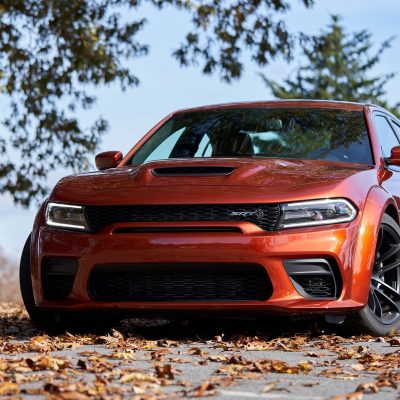The ancient Silk Road connected with the West and Kyrgyzstan was bang in the centre, a major stopping point for travellers and traders.
People here traditionally led a nomadic life, travelling on horseback as they drove their flocks in search of new pasture. This all came to an end when Soviet rule encouraged settlement in towns and cities.
Still, the spirit lives on, and this definitely a country for those who love the outdoors.
Bishkek
I start in Bishkek, the capital, known during Soviet times as Frunze, a modern city with wide streets laid out in a grid pattern. Unlike the rest of the country, it sits at a modest 800m and the climate is pleasantly Mediterranean.
There are few high-rises here and it’s surprisingly green with parks dotted throughout the city. This is the place to do your shopping with Dordoi Bazaar, the largest bazaar in Central, on the outskirts.
Issyk-Kul Lake
From here, I travel east to Issyk-Kul Lake, the second-highest navigable lake in the world after Lake Titicaca.
Sandwiched between two mountain ranges, the microclimate means it’s warm and winter and cool in summer. Silk Road traders stopped here to relax after crossing the mountain passes and it’s still a popular spot for tourists.
As the sun sets on the shores of the lake, I’m waiting for a demonstration of an eagle. Ruslan, their trainer, tells me that he‘s been involved in this sport for over 30 years and presently is the proud owner of two eagles. He took them from their nests in the wild, before they were able to fly, and patiently established a bond, training them over four years.
These are females, bigger than the males, and they make the best. The tradition goes back a thousand years, the birds essential for catching food and guarding flocks. The Soviet rule put an end to nomadic life and nowadays with eagles is mainly for sport and entertaining tourists. Still, there’s no shortage of young apprentices to carry on the tradition.
I watch as one of them, with the eagle perched on his arm, trudges to the top of a nearby rock outcrop and waits. Ruslan drops a dead rabbit at his feet and emits a high pitched whistle. The eagle rises from the peak, swoops down, grabs the carcass and starts to rip it to pieces.
As it munches the raw flesh, her owner calms it by stroking its head. This relationship will not last forever. At 15, the eagle will be released back into the wild to find a mate for another 25 or 30 years. Ruslan will then have to find another chick and start all over again. For now, though, he’s looking forward to competing in the World Nomad Games, held next year in Turkey.
Yurts
For thousands of years, the Kyrgyz people were nomads, living in Yurts which they transported on horseback. At Kyzyl-Tuu village, where they still make them, I’m given a quick lesson on how to assemble one of these, an essential skill when you’re moving home every day.
First, they form the frame with wooden struts, made from willow, then lattice sections are inserted in the gaps. Next, the structure is topped with a circular arrangement and then everything is covered in felt. It takes less than an hour if you know what you’re doing.
Arslanbob
From here I set out on the road west. The landscape is stunning. Beautiful snow-capped peaks on one side, sparse white clouds piercing the deep blue sky, contrast with the azure waters of the lake. Small shacks, roofed with corrugated iron and surrounded by neat fenced-off compounds.




